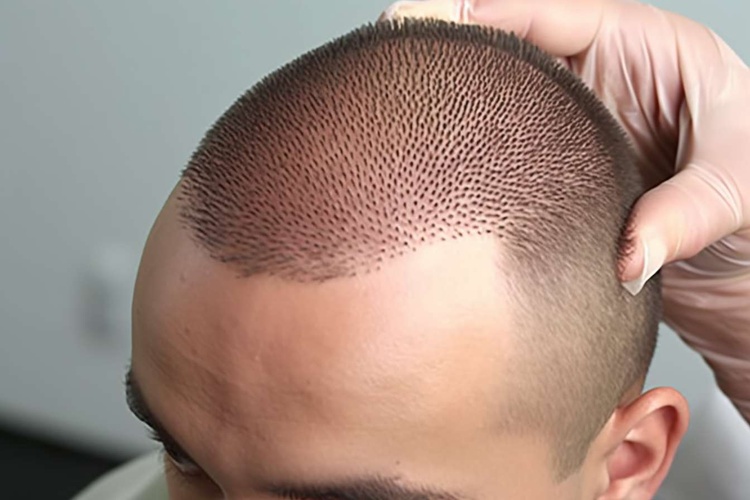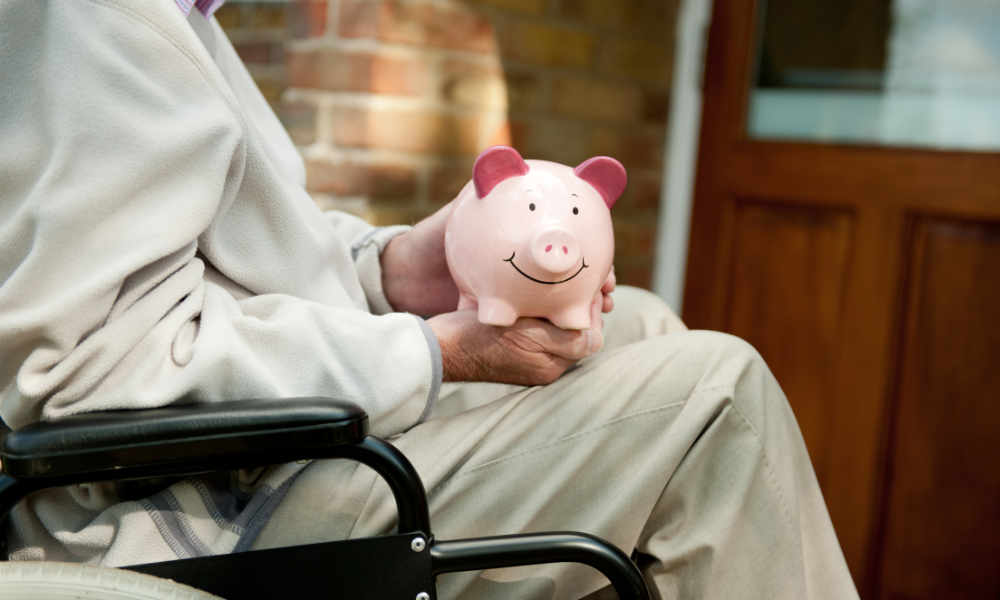Understanding Hair Loss: Prevention and Management Techniques
Hair loss is a common concern affecting millions of people worldwide. Whether due to genetics, age, or other factors, the experience can be distressing. This article explores effective strategies for managing and preventing hair loss, offering practical insights to help you maintain a healthy head of hair.

What are the main causes of hair loss?
Hair loss can stem from various factors, including genetics, hormonal changes, medical conditions, and lifestyle habits. Androgenetic alopecia, commonly known as male or female pattern baldness, is the most prevalent form, affecting up to 50% of men by age 50 and about 25% of women by age 65. Other causes include stress, nutritional deficiencies, certain medications, and autoimmune disorders like alopecia areata. Understanding the underlying cause is crucial for effective management and prevention.
How can diet and nutrition impact hair health?
A balanced diet plays a vital role in maintaining healthy hair. Essential nutrients for hair growth include proteins, vitamins (particularly A, C, D, and E), and minerals like iron and zinc. Omega-3 fatty acids, found in fish, nuts, and seeds, can also promote scalp health. Conversely, nutritional deficiencies can lead to hair thinning and loss. Incorporating a variety of nutrient-rich foods or considering supplements under medical supervision can support hair health and potentially slow down hair loss.
What are effective hair care practices for preventing hair loss?
Gentle hair care practices can significantly reduce hair damage and minimize shedding. Use a mild shampoo suitable for your hair type, and avoid over-washing, which can strip natural oils from the scalp. When styling, opt for loose hairstyles and avoid tight ponytails or braids that can cause traction alopecia. Limit the use of heat styling tools, and when necessary, apply a heat protectant product. Regular scalp massages can stimulate blood flow to hair follicles, potentially encouraging growth.
Are there medical treatments available for hair loss?
Several medical treatments have shown effectiveness in managing hair loss. Minoxidil, available over-the-counter, can be applied topically to stimulate hair growth in both men and women. Finasteride, a prescription medication for men, works by blocking the hormone responsible for male pattern baldness. For women experiencing hair loss due to hormonal changes, hormone replacement therapy may be beneficial. In recent years, low-level laser therapy and platelet-rich plasma (PRP) treatments have also gained popularity as non-invasive options for stimulating hair growth.
How does stress affect hair loss, and what can be done about it?
Stress can significantly impact hair health, leading to conditions like telogen effluvium, where hair prematurely enters the resting phase and falls out. In Worldwide, the fast-paced lifestyle and increasing work pressures contribute to stress-related hair loss. Managing stress through techniques such as meditation, regular exercise, and adequate sleep can help mitigate its effects on hair. Additionally, practicing mindfulness and seeking professional help when needed can contribute to overall well-being and, consequently, healthier hair.
What innovative solutions are emerging for hair loss treatment?
The field of hair loss treatment is continually evolving, with new technologies and techniques emerging. Hair transplantation methods have advanced significantly, with follicular unit extraction (FUE) offering minimally invasive options for hair restoration. Stem cell therapy, while still in experimental stages, shows promise for regenerating hair follicles. Additionally, specialized scalp micropigmentation techniques can create the appearance of a fuller head of hair for those with advanced hair loss.
| Treatment | Provider Type | Estimated Cost Range | Key Features |
|---|---|---|---|
| Minoxidil | Over-the-counter | $20 - $50 per month | Topical solution, suitable for men and women |
| Finasteride | Prescription | $30 - $80 per month | Oral medication for men, requires prescription |
| PRP Therapy | Medical clinics | $500 - $2000 per session | Uses patient’s own blood platelets, multiple sessions required |
| Hair Transplant (FUE) | Specialized clinics | $4000 - $15000+ | Permanent solution, natural-looking results |
| Laser Therapy Devices | Various retailers | $200 - $1000 (one-time purchase) | At-home treatment, non-invasive |
Prices, rates, or cost estimates mentioned in this article are based on the latest available information but may change over time. Independent research is advised before making financial decisions.
Managing and preventing hair loss requires a multifaceted approach, combining proper hair care, nutrition, stress management, and, when necessary, medical interventions. While some causes of hair loss are unavoidable, many can be addressed with the right strategies. By understanding the factors contributing to hair loss and implementing targeted solutions, individuals can take proactive steps towards maintaining healthier, fuller hair. Remember, what works best can vary from person to person, so consulting with a healthcare professional or trichologist can provide personalized guidance for your specific situation.
This article is for informational purposes only and should not be considered medical advice. Please consult a qualified healthcare professional for personalized guidance and treatment.




